
Gambling History: Street Craps: Origins, Popularity, and Gameplay
Street craps is a dice game that originated in urban neighborhoods and gained immense popularity as a street game during the 1970s and 1980s. In this article, we will explore the roots of street craps, its evolution as a street game, and how it captured the attention of enthusiasts worldwide. Let’s roll the dice and dive into the intriguing world of street craps! Casino craps are related but it’s not exactly the same.
What is Street Craps?
Street craps, also known as “shooting dice,” is a fast-paced dice game that requires minimal equipment. It is typically played on the streets, in alleyways, or any other informal setting, making it accessible to people from all walks of life. Unlike casino craps, which is played on a dedicated table, street craps relies on a simple layout drawn on the ground or any flat surface.
Origins of Street Craps
The origins of street craps can be traced back to the early 19th century. It emerged as a popular pastime among African American communities, where it provided a source of entertainment and a way to socialize. Street craps served as a form of escapism from the harsh realities of urban life, allowing players to engage in friendly competition and camaraderie.
Popularity of Street Craps in the 70’s and 80’s
Street craps reached its zenith of popularity during the 1970s and 1980s. The game spread like wildfire through neighborhoods, schools, and even military barracks. Its simplicity, low-cost nature, and the thrill of high stakes attracted players of all ages. Street craps became a symbol of urban culture and a way to express individuality and street smarts.
The Rules and Gameplay of Street Craps
The rules of street craps are straightforward. A player, known as the shooter, rolls the dice aiming for specific combinations such as a pass line win or hitting certain point numbers. Other participants place bets on the outcome of the shooter’s roll. The game’s pace is rapid, adding to the excitement and tension as players eagerly await the results of each roll.
Reasons for the Popularity of Street Craps
Several factors contributed to the immense popularity of street craps. Firstly, its accessibility appealed to people from diverse backgrounds. Anyone with a pair of dice and a flat surface could join in the action. Secondly, the game’s simplicity made it easy to learn and play, even for novices. Lastly, street craps provided an avenue for social interaction and created a sense of community among players.
Impact of Street Craps on Popular Culture
Street craps not only had a significant impact on the streets but also influenced popular culture. The game found its way into movies, music, and literature, becoming a symbol of urban rebellion, risk-taking, and streetwise attitude. It became a defining characteristic of characters in films like “The Warriors” and “Boyz n the Hood.” Street craps became a cultural icon, representing the resilience and resourcefulness of urban communities.
Risks and Dangers Associated with Street Craps
While street craps offered excitement and entertainment, it also carried risks and dangers. The informal nature of the game meant that it often took place in unsupervised environments, making it susceptible to illegal activities and disputes. Participants could fall victim to cheating, violence, or theft. Additionally, the absence of regulations and oversight posed potential health and safety risks.
Street Craps Variations
Over time, street craps has spawned various regional and cultural variations. Different neighborhoods and communities put their unique spin on the game, introducing specific rules, rituals, and slang. These variations added depth and diversity to the street craps experience, making it an ever-evolving game shaped by local traditions.
Street Craps versus Casino Craps
Although street craps and casino craps share the same basic principles, they differ in important ways. Casino craps is regulated, structured, and typically played on a dedicated table with professional dealers. It offers a wide range of betting options and complex strategies. In contrast, street craps is more informal, spontaneous, and relies on a simplified set of rules, emphasizing the social aspect and camaraderie among players.
Street Craps: A Social Activity or Gambling?
Street craps can be viewed as both a social activity and a form of gambling. While the game provides a platform for interaction and community bonding, it also involves wagering money or valuable items. Some players approach street craps purely for fun and socializing, while others see it as an opportunity to test their luck and potentially win some cash.
Street Craps in Modern Times
In today’s digital age, street craps has faced challenges and transformations. Online platforms and mobile applications have emerged, offering virtual versions of the game. These digital adaptations allow enthusiasts to enjoy street craps without the physical presence of other players. However, the allure of the streets and the raw energy of face-to-face interactions still draw people to the traditional form of street craps.
Strategies and Tips for Playing Street Craps
To improve your street craps skills, it’s essential to understand basic strategies and tips. Firstly, learn the rules thoroughly to make informed betting decisions. Practice your dice-rolling technique to gain consistency and control. Observe experienced players and adapt their strategies to your style. Lastly, manage your bankroll responsibly and avoid excessive gambling to maintain a healthy balance between enjoyment and financial security.
Street Craps in Different Regions
Street craps has left its mark on various regions, each with its own cultural nuances and adaptations. From the streets of New York City to the neighborhoods of Los Angeles, the game reflects the unique characteristics of different communities. Exploring the regional variations of street craps adds richness and diversity to the overall tapestry of the game’s history and evolution.
Conclusion
Street craps has a captivating history, originating as a pastime in urban communities and growing into a cultural phenomenon during the 1970s and 1980s. Its simplicity, accessibility, and association with popular culture made it a beloved game among people from all walks of life. While street craps continues to evolve and face modern challenges, its roots remain firmly embedded in the streets, serving as a testament to the resilience and creativity of urban culture.
Gambling History:
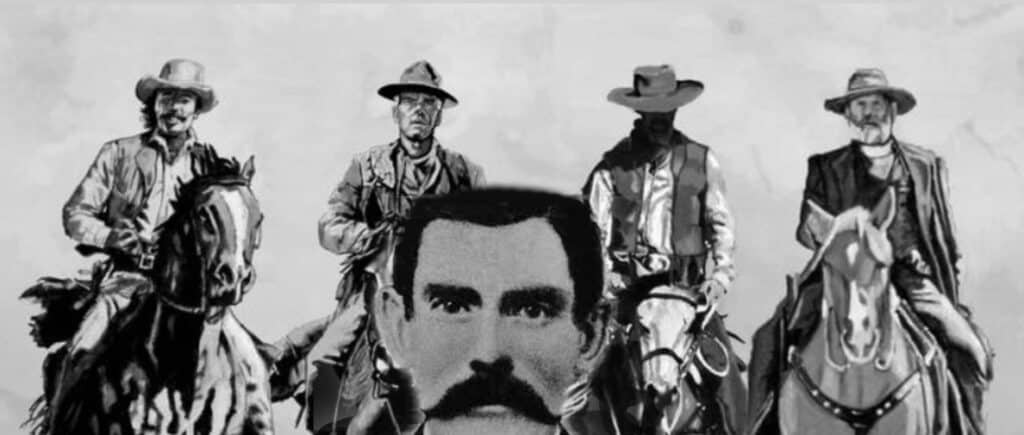
Las Vegas History: Doc Holliday Famous Gambler Gunslinger and Resident of Las Vegas
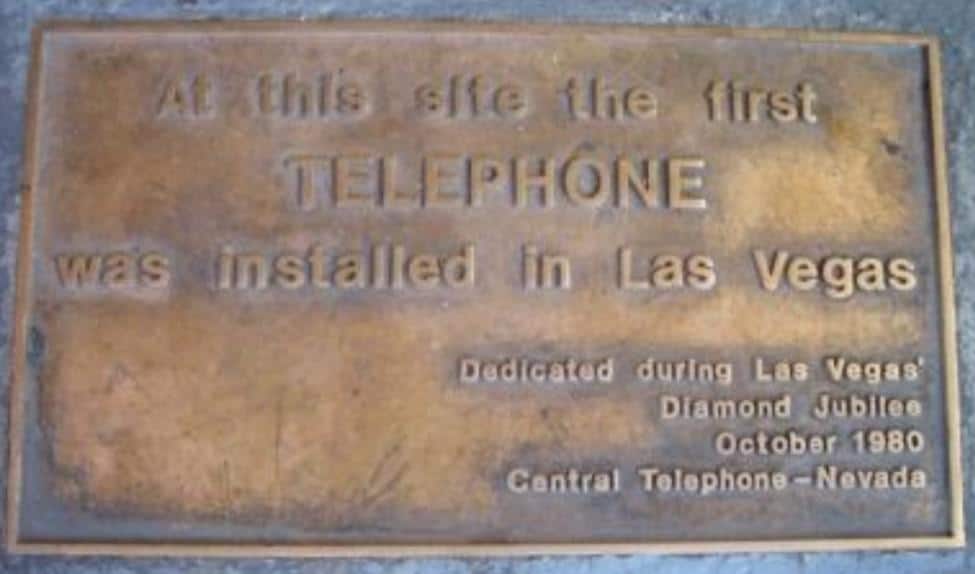
Las Vegas History: How Las Vegas’ First Telephone Exchange Made Bugsy Siegel’s Race Wire Possible

Las Vegas History: The Official Naming of Las Vegas 1905
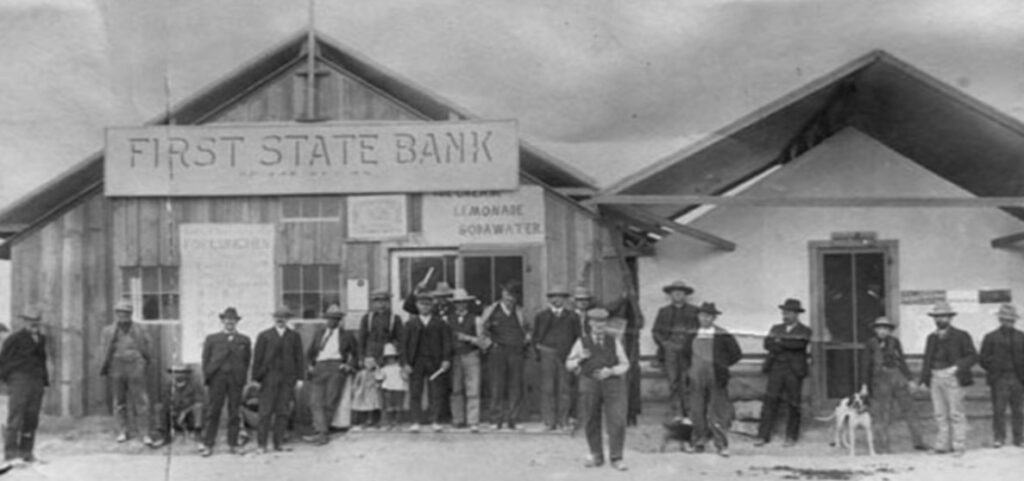
Las Vegas History: 1864 Las Vegas The Impact of Nevada Statehood
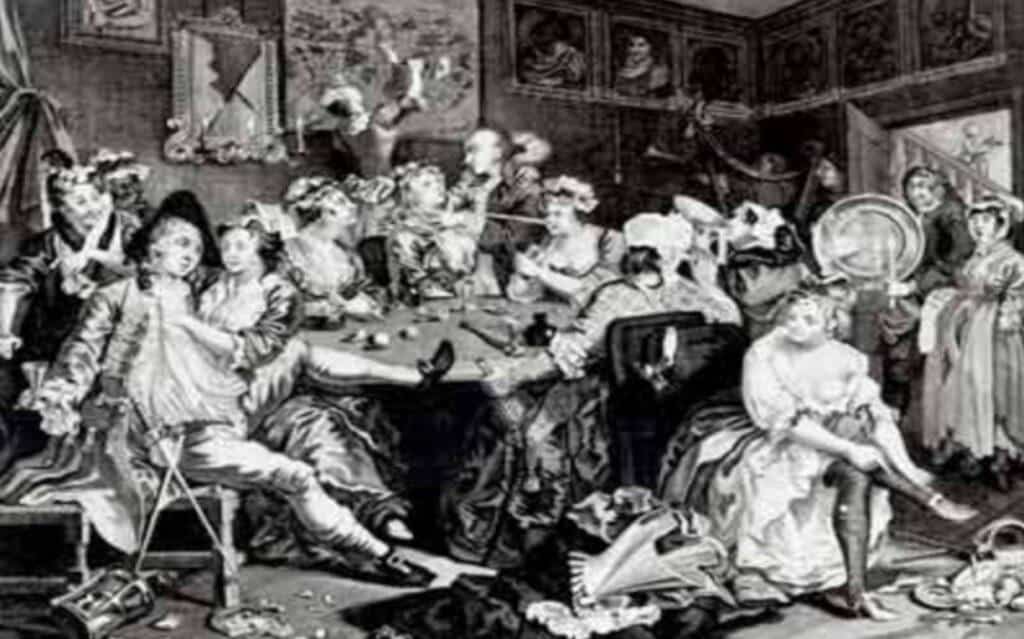
Las Vegas History: Las Vegas and It’s Vices in the 1850s
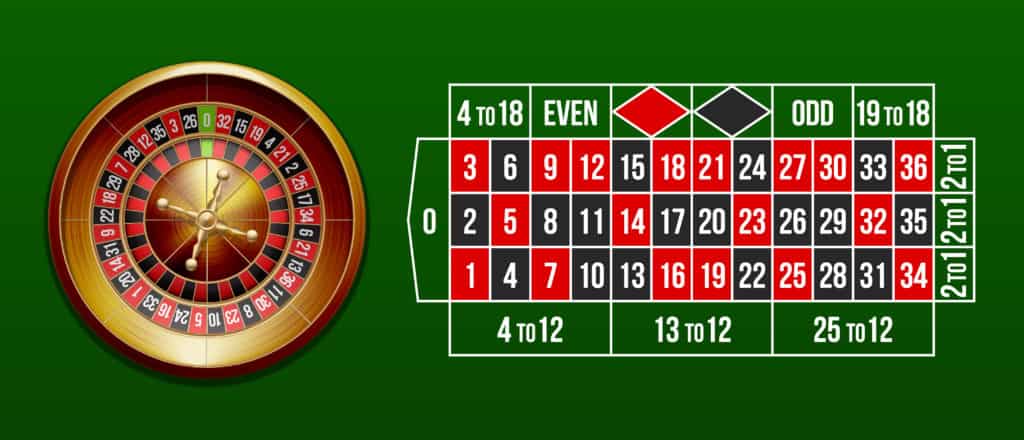
Roulette: European | What is European Roulette and How to Play? E-Vegas.com Guide
Frequently Asked Questions (FAQs):
1. Is street craps legal?
The legality of street craps varies by location. It’s essential to understand local gambling laws, as regulations may restrict the practice of street craps in public spaces.
2. Can I play street craps online?
Yes, digital versions of street craps are available on certain online platforms and mobile applications. Ensure you access these platforms legally and responsibly, adhering to online gambling regulations.
3. Are there professional street craps tournaments?
Street craps tournaments are not as common or organized as casino craps tournaments. While there may be local community events, street craps’ informal nature makes it less conducive to structured tournaments.
4. Can street craps be played indoors?
Yes, street craps can be adapted for indoor play. Ensure a suitable space, take necessary precautions, and respect local rules regarding gambling and noise levels.
5. Is street craps suitable for beginners?
Yes, street craps is relatively easy for beginners to learn. Basic rules and gameplay mechanics are quick to grasp, and observing experienced players, practicing, and learning common strategies can help improve skills.
6. How did street craps originate?
Street craps originated in the early 19th century as a dice game among African American communities. It served as a social activity, providing entertainment and camaraderie in urban settings.
7. Why did street craps gain popularity in the 70s and 80s?
Street craps gained immense popularity due to its simplicity, low-cost nature, and association with urban culture. The game’s accessibility and thrill of high stakes attracted players of all ages during the 1970s and 1980s.
8. What are the risks associated with street craps?
Street craps, being informal, is susceptible to illegal activities, disputes, and risks such as cheating, violence, or theft. The lack of regulations poses potential health and safety concerns.
9. How has street craps influenced popular culture?
Street craps became a symbol of urban rebellion, risk-taking, and streetwise attitude, influencing movies, music, and literature. It found its way into popular culture, representing the resilience of urban communities.
10. Can street craps be played with variations in different regions?
Yes, street craps has various regional and cultural variations, with different communities adding unique rules, rituals, and slang. Exploring these variations adds diversity to the overall history and evolution of street craps.





